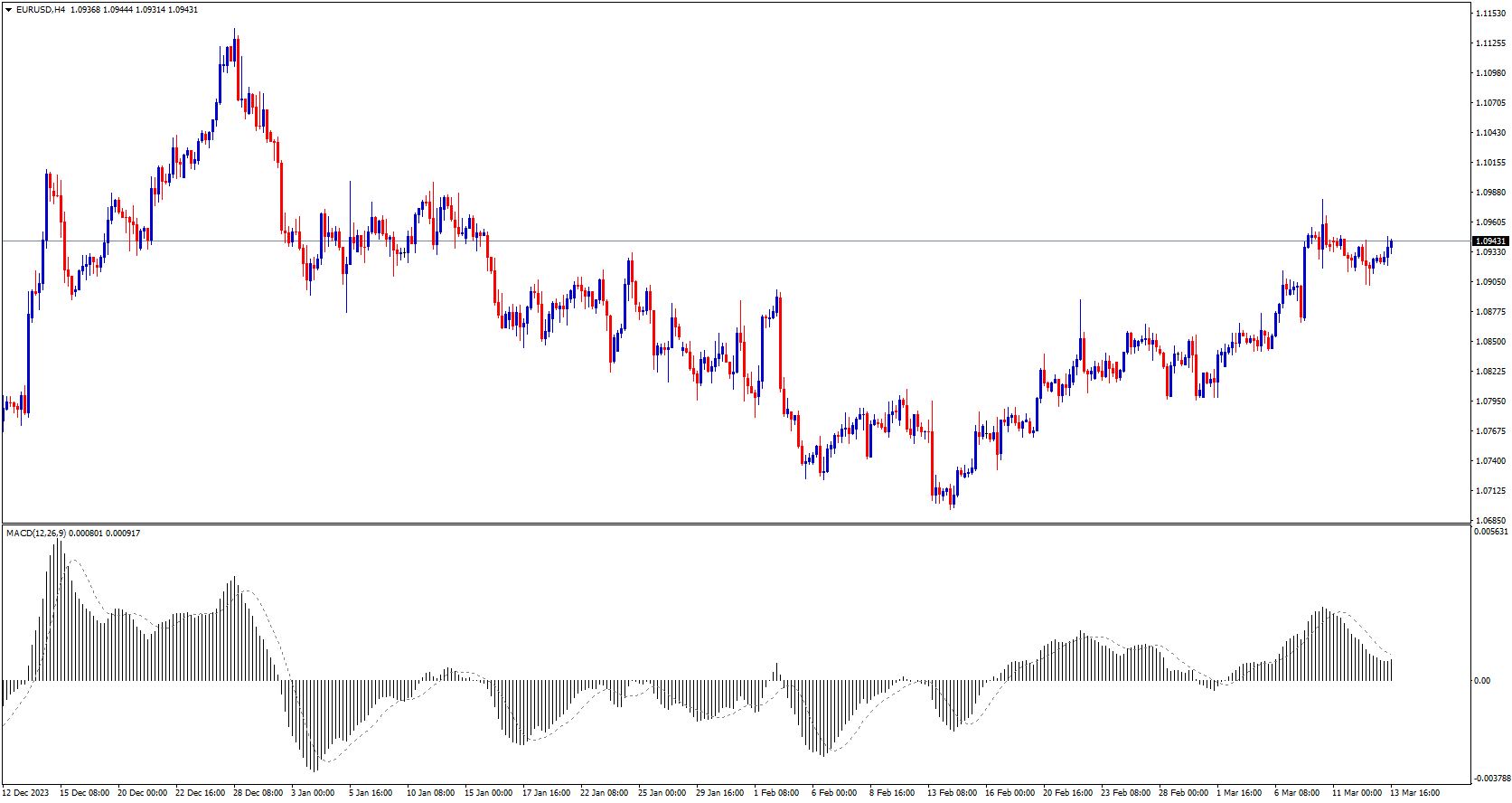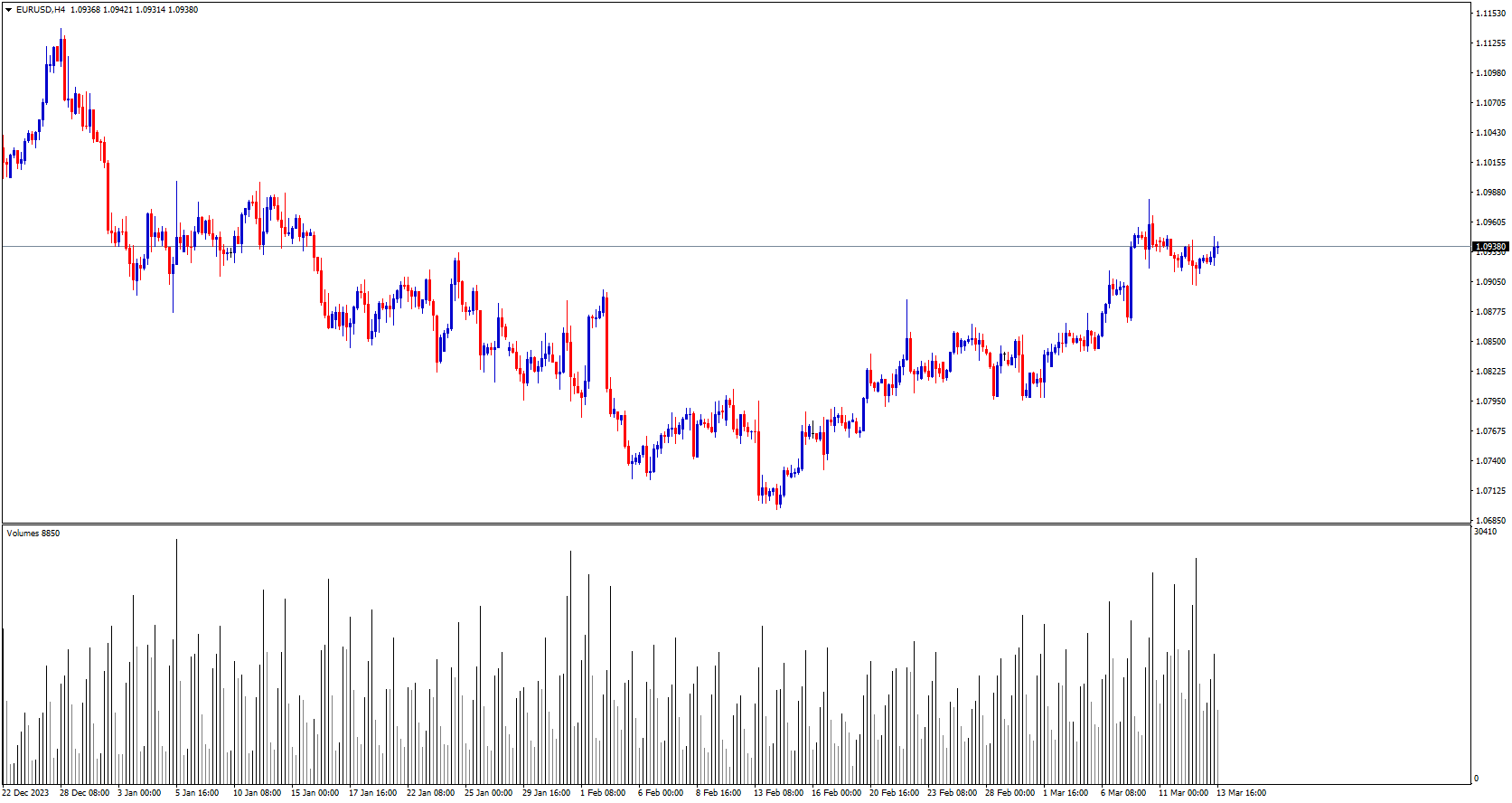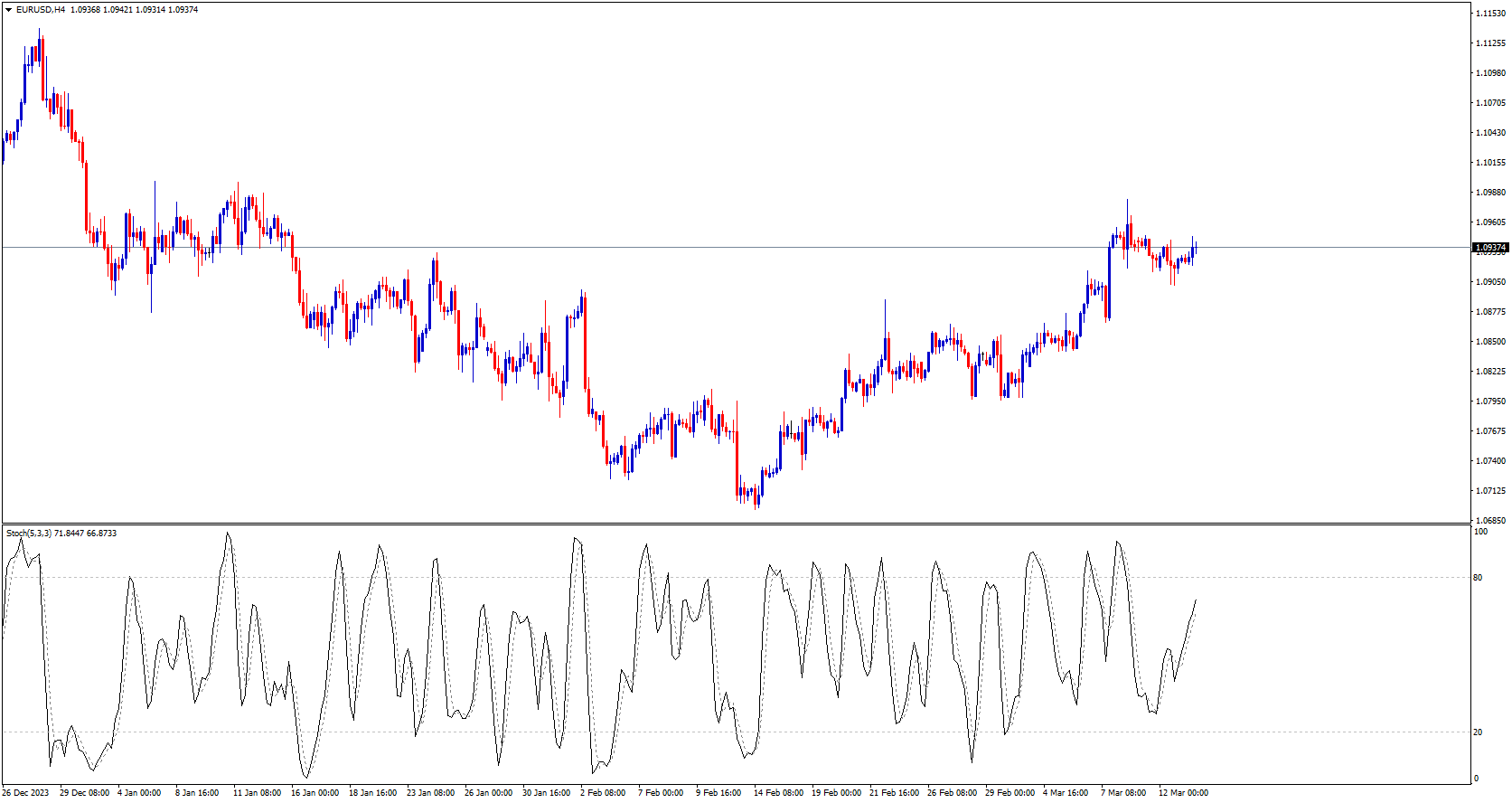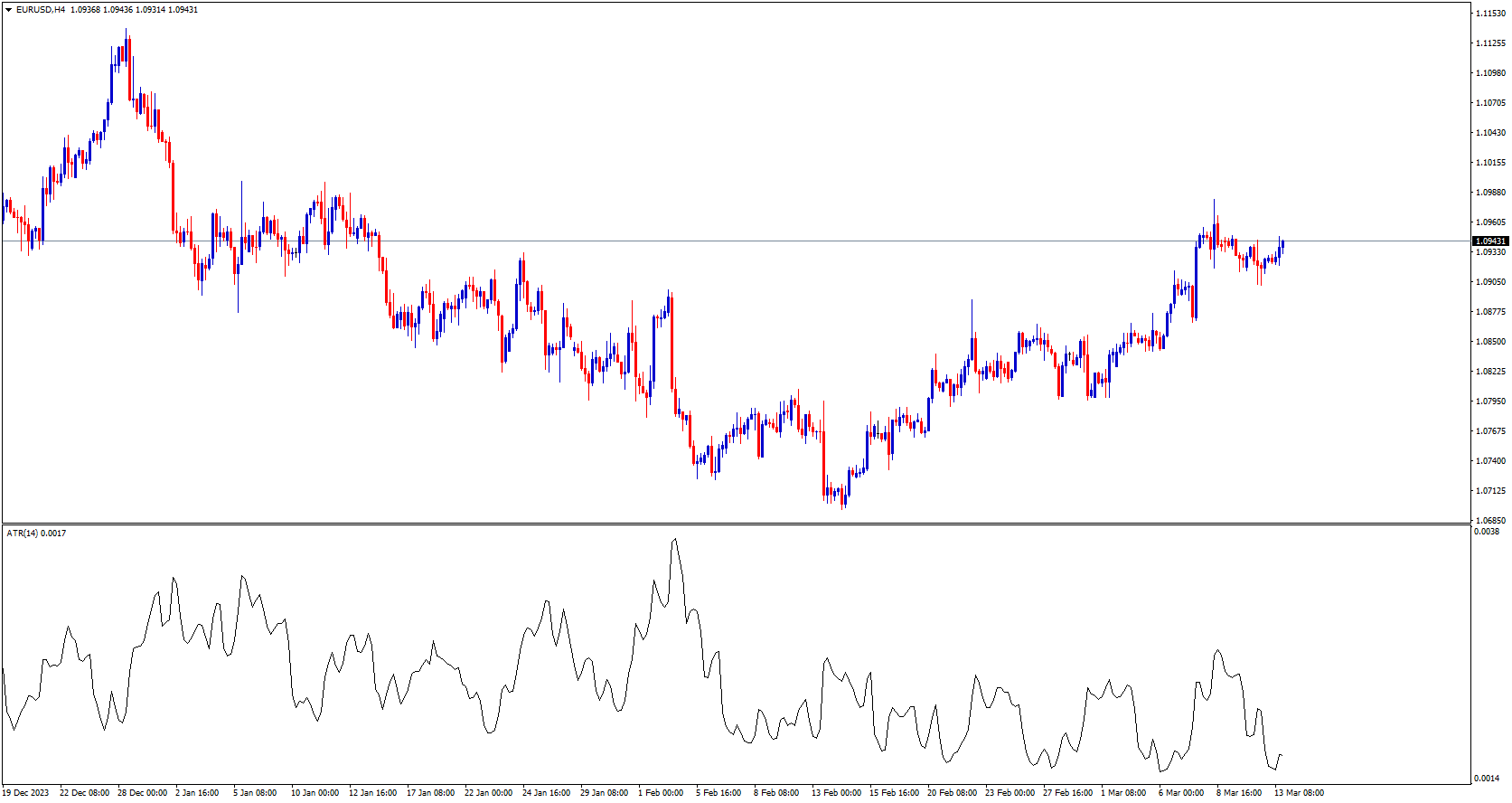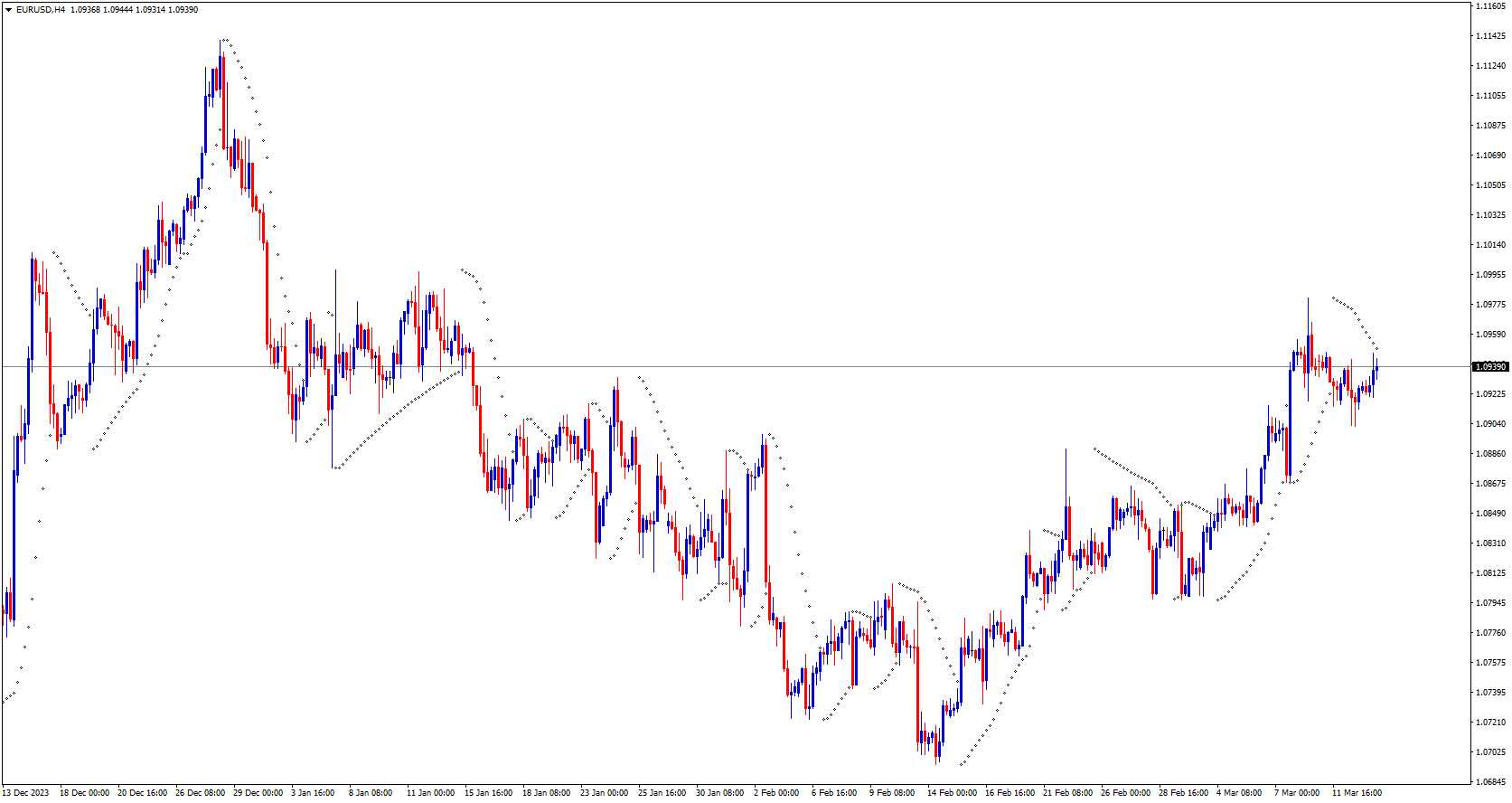Unveiling the Top Technical Indicators for Swing Trading Cryptocurrencies
Swing trading cryptocurrencies involves capturing short- to medium-term price movements within a broader trend. To effectively navigate the volatile cryptocurrency market, traders rely on a combination of technical indicators to identify potential entry and exit points. In this article, we’ll explore some of the top technical indicators specifically tailored for swing trading cryptocurrencies and how traders can leverage them to enhance their trading strategies.

- Moving Averages: Moving averages are fundamental tools for swing traders, helping to smooth out price data and identify trend direction. Traders commonly use both short-term (e.g., 9-day or 20-day) and long-term (e.g., 50-day or 200-day) moving averages to gauge short- and long-term trends, respectively.
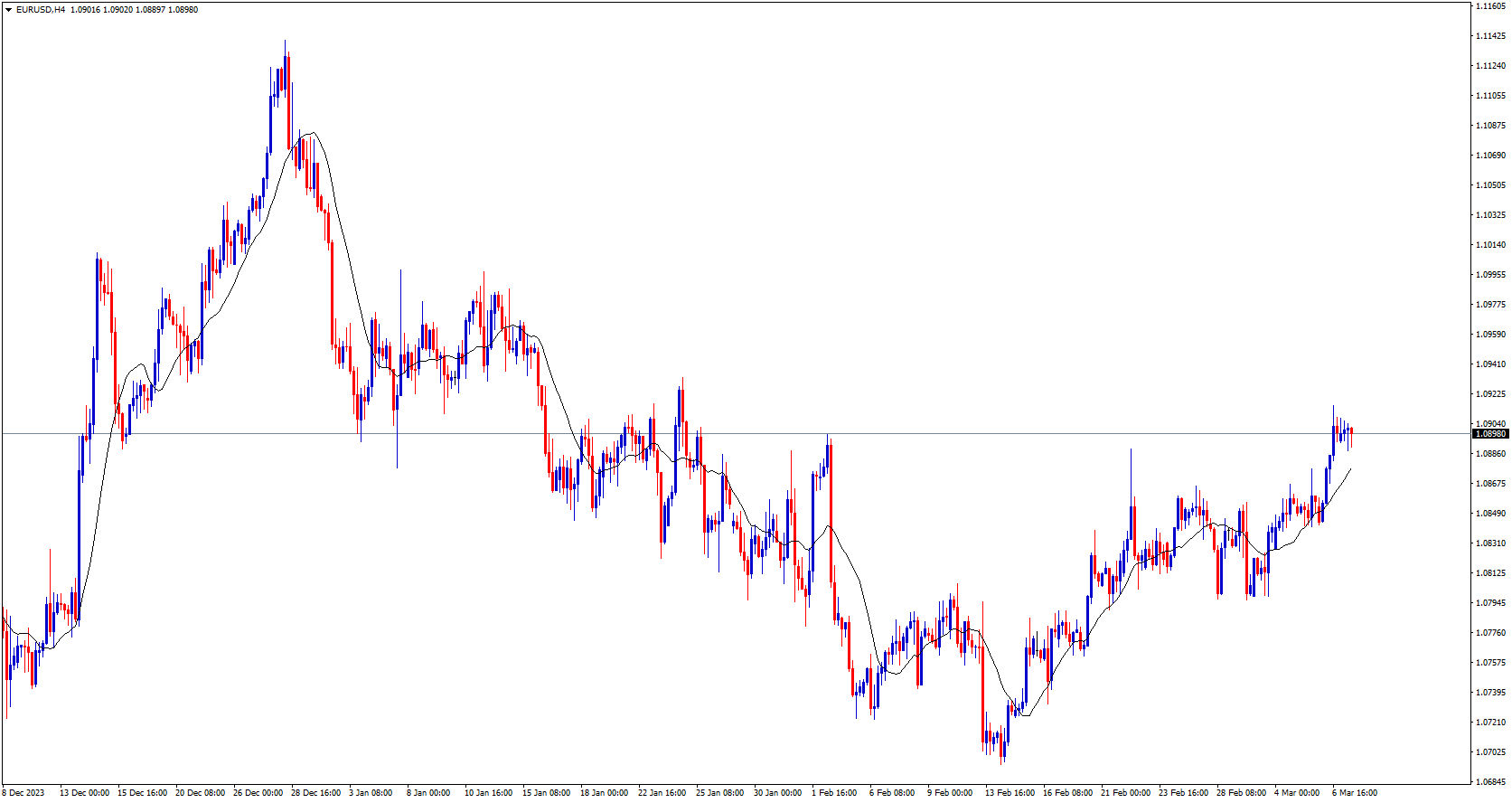 The crossover of short-term and long-term moving averages can signal potential entry or exit points for swing trades.
The crossover of short-term and long-term moving averages can signal potential entry or exit points for swing trades. - Relative Strength Index (RSI): The RSI is a momentum oscillator that measures the speed and change of price movements. Swing traders use the RSI to identify overbought or oversold conditions in a cryptocurrency, indicating potential reversal points.
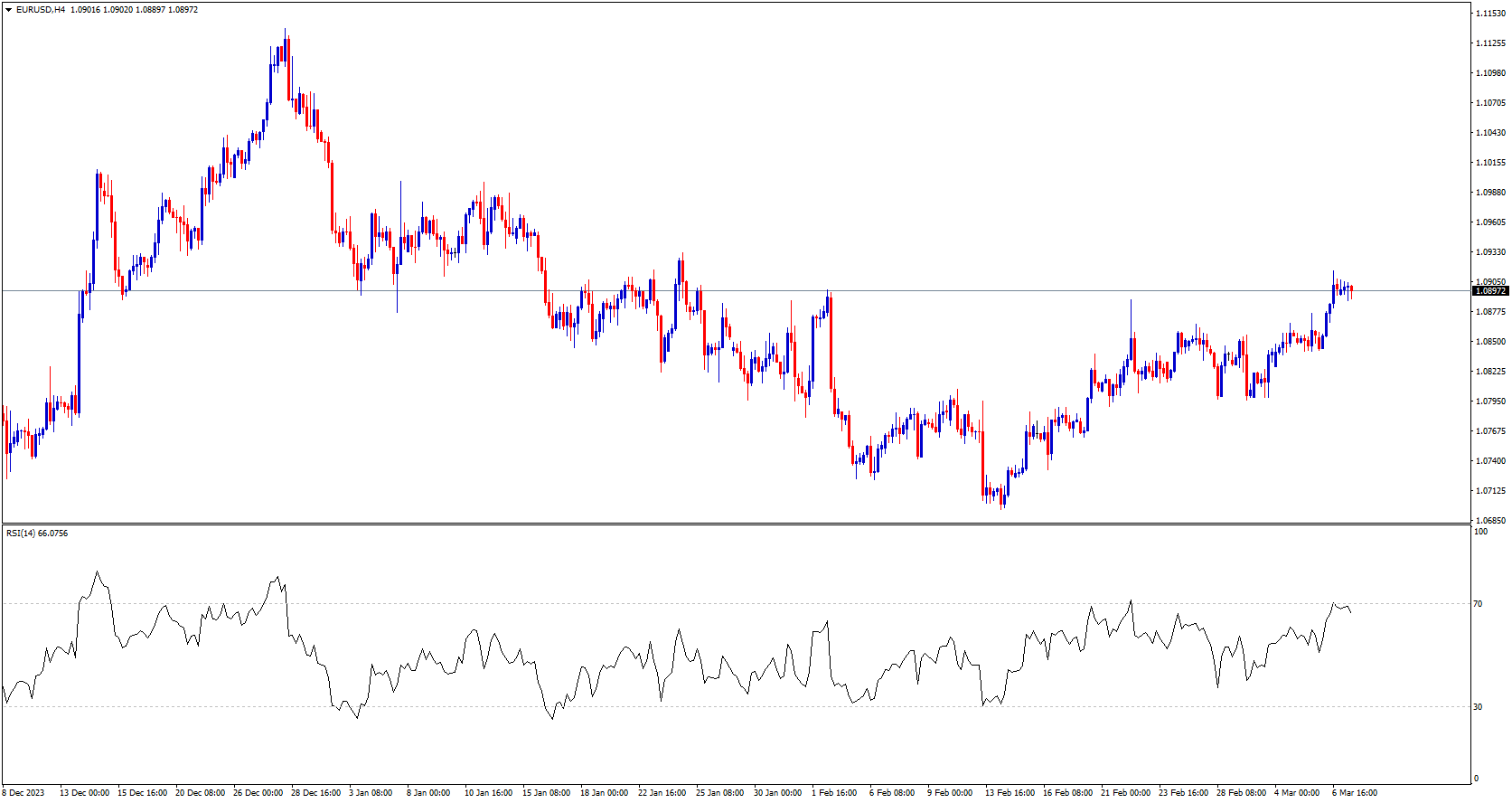 When the RSI moves above 70, it suggests that the cryptocurrency may be overbought and due for a correction, while an RSI below 30 indicates oversold conditions and a potential buying opportunity.
When the RSI moves above 70, it suggests that the cryptocurrency may be overbought and due for a correction, while an RSI below 30 indicates oversold conditions and a potential buying opportunity. - Bollinger Bands: Bollinger Bands consist of a middle band (usually a simple moving average) and two outer bands that represent the standard deviations of the price from the middle band. Swing traders utilize Bollinger Bands to identify potential entry and exit points based on price volatility.
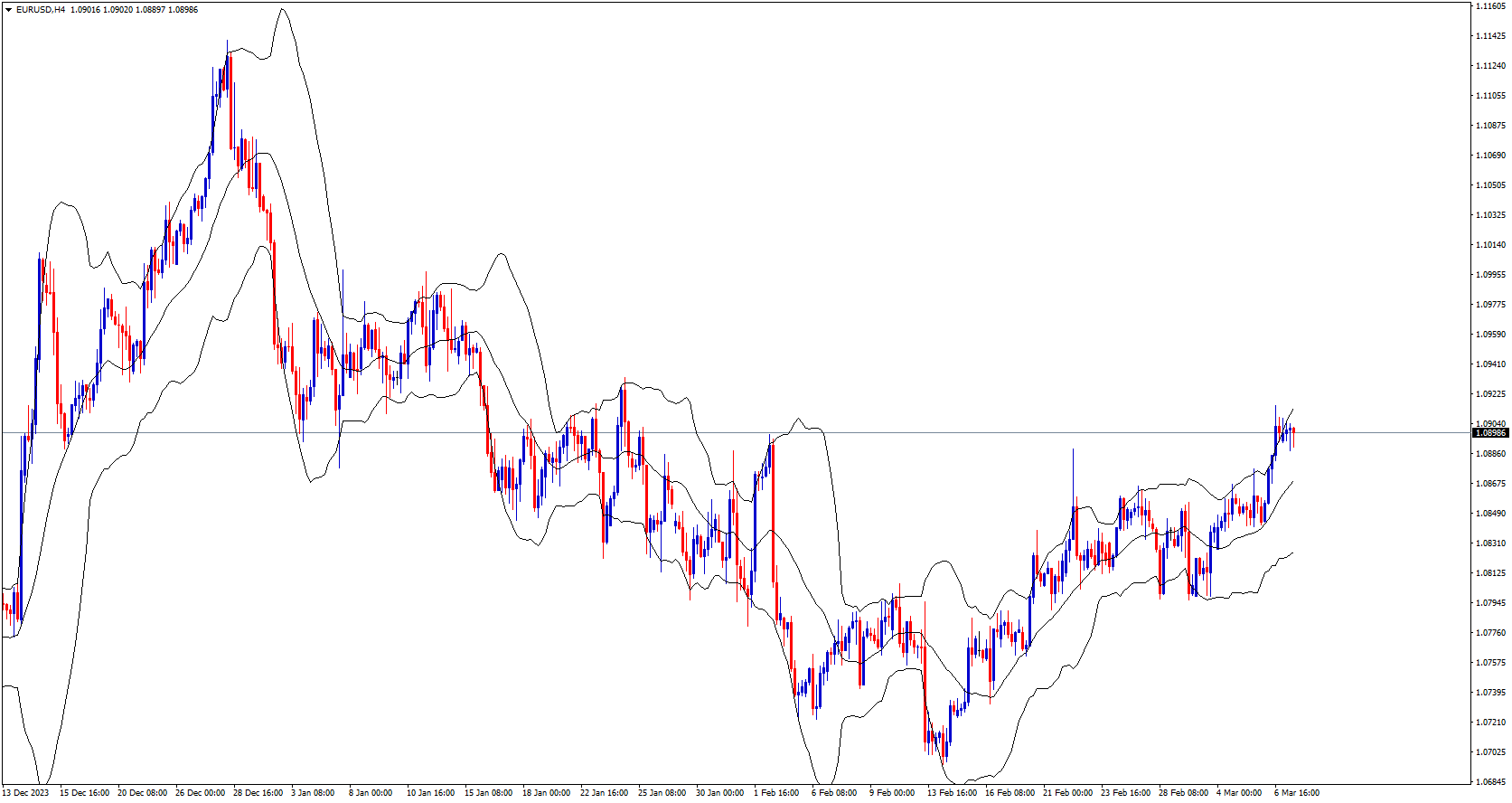 When the price touches the upper band, it may indicate that the is overbought, while touching the lower band may signal oversold conditions.
When the price touches the upper band, it may indicate that the is overbought, while touching the lower band may signal oversold conditions. - MACD (Moving Average Convergence Divergence): The MACD is a versatile indicator that combines aspects of trend-following and momentum indicators. Swing traders use the MACD to identify changes in momentum and potential trend reversals.
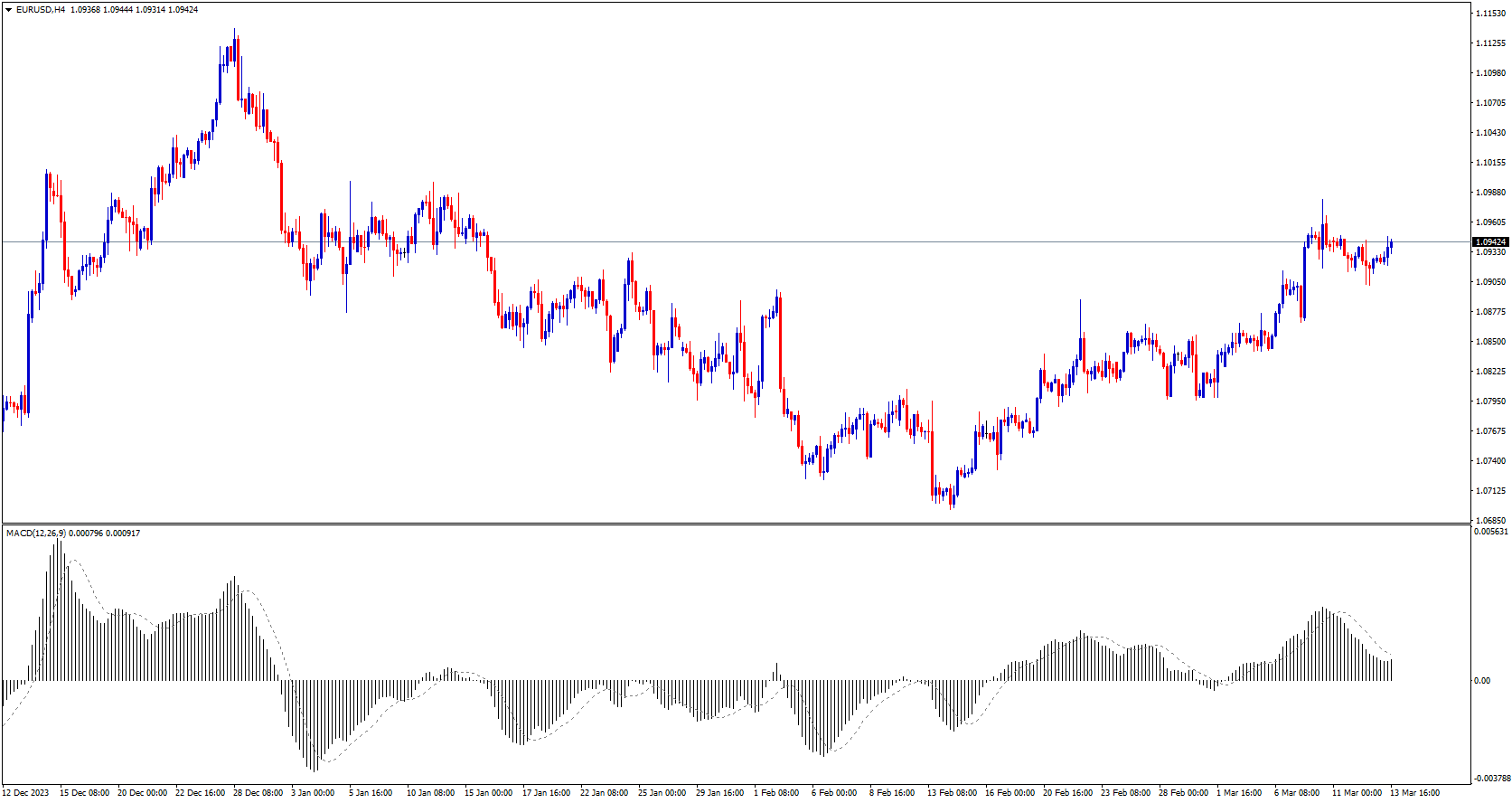 The crossover of the MACD line and the signal line, along with divergence between the MACD line and price action, can provide valuable signals for entering or exiting swing trades.
The crossover of the MACD line and the signal line, along with divergence between the MACD line and price action, can provide valuable signals for entering or exiting swing trades. - Fibonacci Retracement Levels: Fibonacci retracement levels are based on the Fibonacci sequence and are used to identify potential support and resistance levels in a cryptocurrency’s price movement. Swing traders draw Fibonacci retracement lines from significant price peaks to troughs to identify potential areas of price reversal.
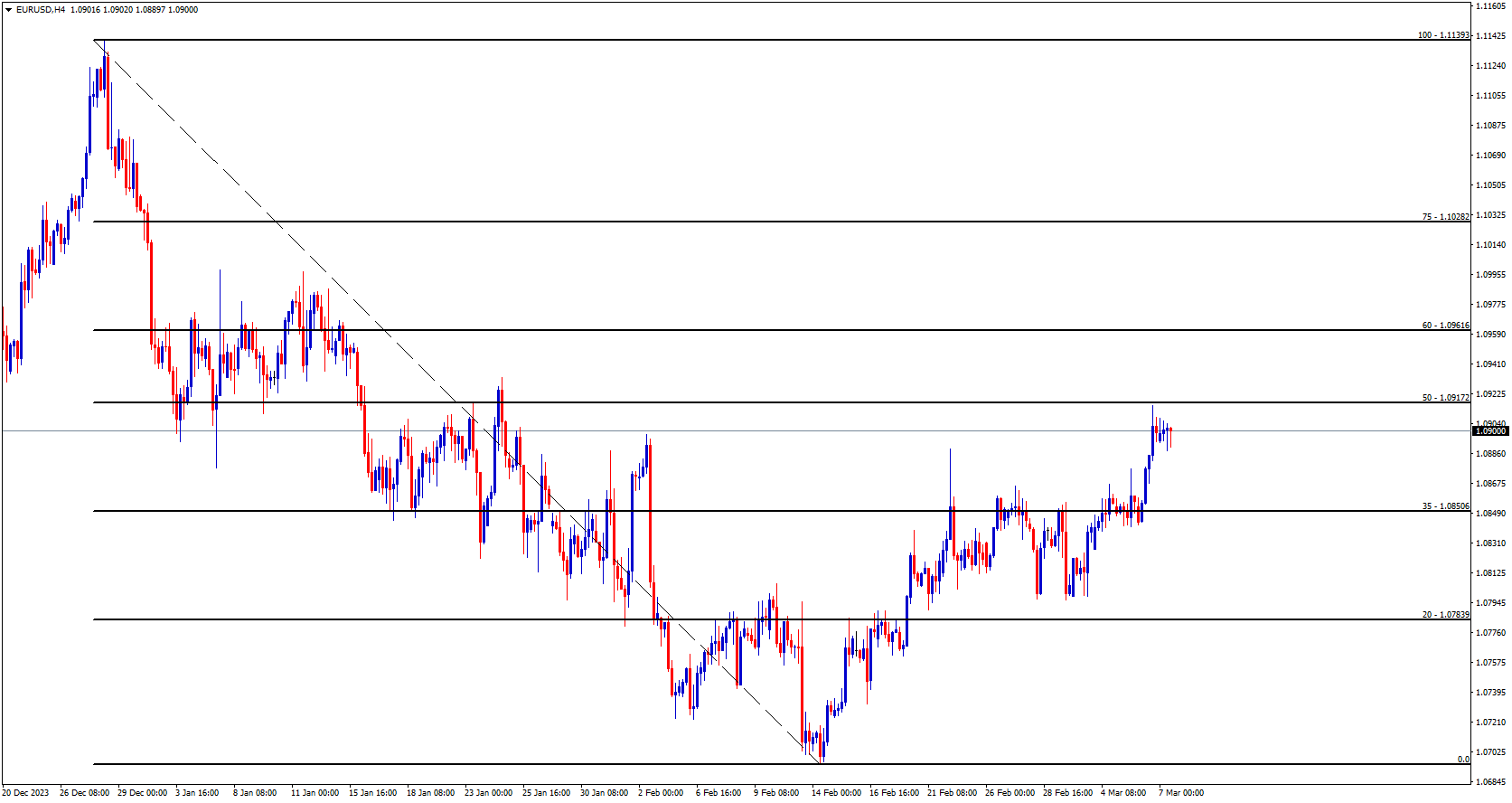 These retracement levels can act as key levels for entering or exiting swing trades.
These retracement levels can act as key levels for entering or exiting swing trades. - Volume Analysis: Volume analysis provides insights into the strength and conviction behind price movements. Swing traders monitor volume patterns to confirm the validity of price trends and potential breakout or reversal points. Increasing volume during an uptrend suggests bullish momentum, while decreasing volume during a downtrend may signal weakening selling pressure.

In conclusion, swing trading cryptocurrencies requires a deep understanding of technical indicators and how to effectively combine them to identify profitable trading opportunities. By incorporating these top technical indicators into their trading strategies, swing traders can enhance their ability to navigate the cryptocurrency market and capitalize on short- to medium-term price movements. However, it’s essential to remember that no single indicator guarantees success, and traders should always use multiple indicators in conjunction with proper risk management techniques.
Harnessing the Power of Combined Moving Averages and Oscillators for Market Analysis
In the world of technical analysis, combining different types of indicators can provide deeper insights into market trends and potential trading opportunities. Moving averages and oscillators are two distinct categories of technical indicators that, when used together, can offer a comprehensive view of market dynamics. In this article, we’ll explore how traders can harness the power of combining moving averages and oscillators for effective market analysis.
Understanding Moving Averages:
Moving averages are trend-following indicators that smooth out price data over a specified period, providing a clearer picture of the underlying trend. The two most common types of moving averages are the simple moving average (SMA) and the exponential moving average (EMA). Traders often use moving averages to identify trend direction, potential support and resistance levels, and trend reversals.
Utilizing Oscillators:
Oscillators are momentum indicators that oscillate above and below a baseline, indicating overbought or oversold conditions in the market. Popular oscillators include the Relative Strength Index (RSI), Stochastic Oscillator, and Moving Average Convergence Divergence (MACD). Traders use oscillators to gauge the strength of price movements and identify potential reversal points.
Combining Moving Averages and Oscillators:
- Trend Confirmation: Moving averages can be used to confirm the direction of the trend identified by oscillators. For example, if the price is above the 200-day SMA and the RSI indicates overbought conditions, traders may look for opportunities to sell, expecting a potential trend reversal.
- Signal Confirmation: Moving average crossovers can be confirmed by oscillators, providing additional validation for trading signals. For instance, if the shorter-term moving average crosses above the longer-term moving average (a bullish signal), traders may wait for confirmation from an oscillator like the MACD or RSI before entering a long position.
- Divergence Analysis: Divergence between moving averages and oscillators can signal potential trend reversals. For example, if the price makes a new high, but the oscillator fails to confirm it with a new high, it may indicate weakening momentum and an impending reversal.
- Identifying Entry and Exit Points: Traders can use the convergence or divergence of moving averages and oscillators to identify optimal entry and exit points for trades. For instance, if the price crosses above a key moving average and the RSI confirms bullish momentum, it may signal a strong buying opportunity.

Case Study:
Let’s consider a case where the 50-day SMA crosses above the 200-day SMA (a bullish signal), indicating a potential uptrend. Traders can then look for confirmation from oscillators like the RSI or MACD, ensuring that momentum supports the upward price movement. Once both indicators align, traders may enter a long position with confidence, setting appropriate stop-loss and take-profit levels based on the combined analysis of moving averages and oscillators.
In conclusion, combining moving averages and oscillators can enhance market analysis by providing complementary insights into trend direction, momentum, and potential reversal points. By leveraging the strengths of both types of indicators, traders can make more informed trading decisions and improve their overall profitability in the financial markets. However, it’s essential to remember that no strategy is foolproof, and traders should always use risk management techniques to mitigate potential losses.
Strategies for Integrating Volume-Based Indicators with Price-Based Indicators in Trading

In the world of technical analysis, both volume-based indicators and price-based indicators play crucial roles in understanding market dynamics and making informed trading decisions. Volume-based indicators provide insights into the strength and conviction behind price movements, while price-based indicators help identify trends and potential entry or exit points. By integrating these two types of indicators, traders can gain a more comprehensive understanding of market behavior and enhance their trading strategies. In this article, we’ll explore various strategies for integrating volume-based indicators with price-based indicators in trading.
1. Confirmation of Price Movements:
Volume can act as a confirming signal for price movements identified by price-based indicators. For example, if a price-based indicator such as the Moving Average Convergence Divergence (MACD) indicates a bullish crossover, traders can look for confirmation from increasing volume, which suggests strong buying interest and reinforces the bullish signal.
2. Identification of Trend Reversals:
Volume-based indicators can help confirm or anticipate trend reversals identified by price-based indicators. In a downtrend, if the price starts to rise and is accompanied by a significant increase in volume, it may indicate the potential exhaustion of selling pressure and the beginning of a reversal. Combining this observation with price-based indicators such as moving averages or trendlines can provide stronger evidence of a trend reversal.
3. Confirmation of Breakouts:
Volume plays a crucial role in confirming the validity of price breakouts. When a price-based indicator identifies a breakout above a key resistance level, traders look for confirmation from volume-based indicators such as the On-Balance Volume (OBV) indicator. A breakout accompanied by high volume suggests strong buying interest, increasing the likelihood of a sustained uptrend.
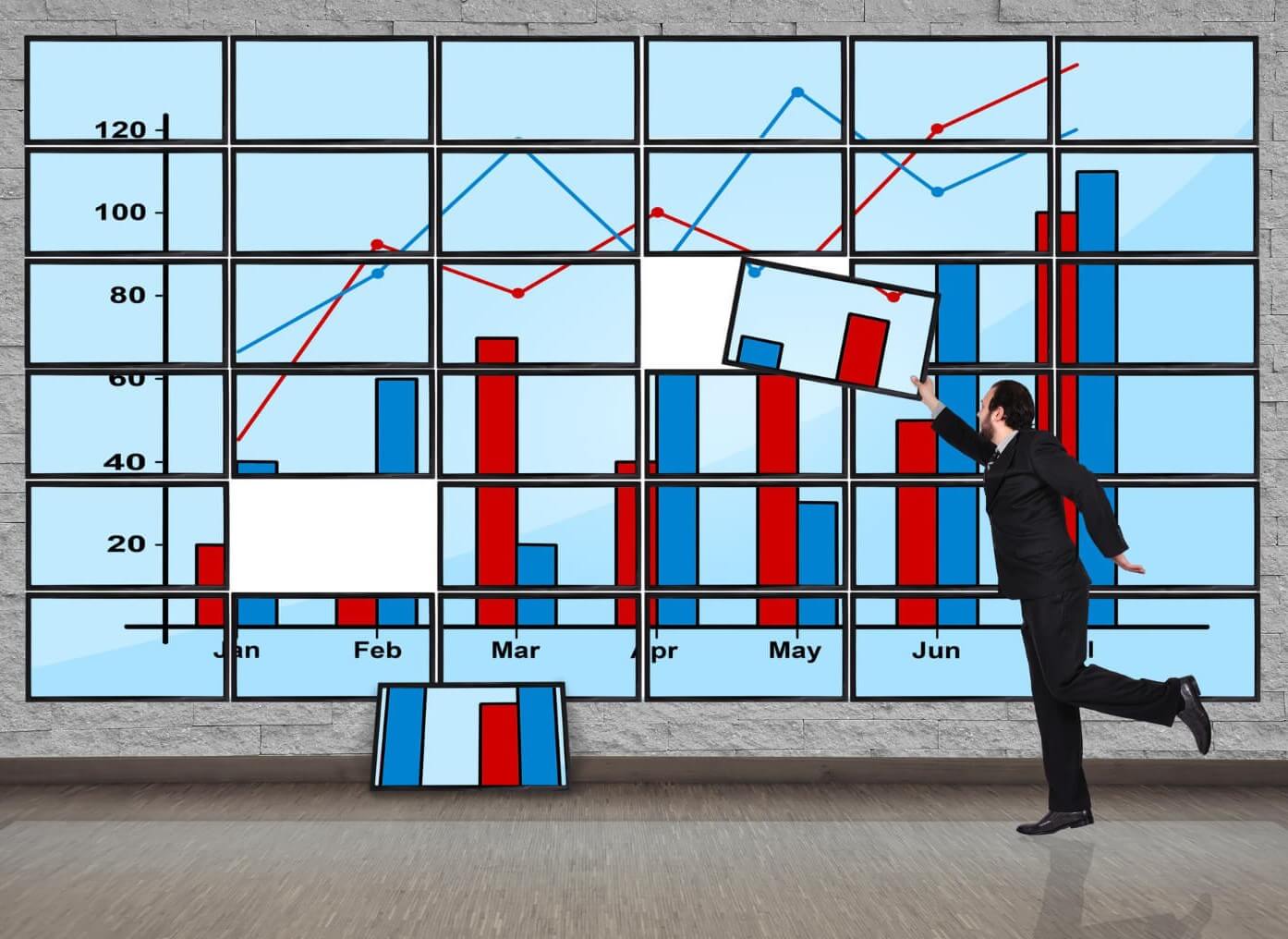
4. Divergence Analysis:
Divergence between price-based and volume-based indicators can provide valuable signals for potential trend reversals. For example, if the price reaches a new high, but volume decreases compared to previous highs, it may indicate weakening buying interest and a potential reversal. Traders can use this divergence as a signal to exercise caution and consider adjusting their positions.
5. Volume Profile Analysis:
Volume profile analysis provides insights into the distribution of trading activity at different price levels. By combining volume profile with price-based indicators such as support and resistance levels or Fibonacci retracement levels, traders can identify significant price zones where buying or selling pressure is concentrated. This information can help traders make more informed decisions about entry and exit points.
6. Confirmation of Price Patterns:
Volume-based indicators can confirm the validity of price patterns identified by price-based indicators. For example, if a price-based indicator detects a bullish reversal pattern such as a double bottom, traders can look for confirmation from increasing volume as the price breaks above the pattern’s neckline. High volume during the breakout validates the pattern and increases the likelihood of a successful trade.
In conclusion, integrating volume-based indicators with price-based indicators can significantly enhance a trader’s ability to analyze market trends, identify trading opportunities, and manage risk effectively. By combining these two types of indicators, traders can gain a more comprehensive understanding of market dynamics and make more informed trading decisions. However, it’s essential to remember that no single indicator or strategy guarantees success, and traders should always use a combination of indicators and risk management techniques to maximize their chances of profitability.
Navigating Market Volatility: Strategies Using Technical Indicators
Market volatility presents both challenges and opportunities for traders. While sudden price swings can lead to increased risk, they also offer the potential for significant profits. In this article, we’ll explore strategies for navigating market volatility using a combination of technical indicators. By harnessing the power of these tools, traders can identify opportunities, manage risk, and adapt to changing market conditions effectively.

1. Volatility-Based Indicators:
a. Average True Range (ATR): ATR measures the average range between high and low prices over a specific period, providing insights into market volatility. During periods of high volatility, ATR values increase, signaling potential opportunities for traders to capitalize on price movements. Traders can adjust their position sizes based on ATR readings to account for increased volatility.
b. Bollinger Bands: Bollinger Bands expand and contract based on market volatility, providing visual cues for potential price breakouts or reversals. During periods of high volatility, the bands widen, indicating increased price movement. Traders can use Bollinger Bands to identify volatile market conditions and adjust their trading strategies accordingly.
2. Trend-Following Indicators:
a. Moving Averages: Moving averages help smooth out price data and identify the direction of the trend. During periods of volatility, moving averages can help traders filter out noise and focus on the underlying trend. Traders may use moving average crossovers or the slope of moving averages to confirm trend direction and enter trades.
b. MACD (Moving Average Convergence Divergence): MACD combines aspects of trend-following and momentum indicators, making it particularly useful during volatile market conditions. Traders can use MACD crossovers and divergence signals to identify potential trend reversals or continuations, providing valuable insights into market dynamics.
3. Oscillators:
a. Relative Strength Index (RSI): RSI measures the speed and change of price movements, indicating overbought or oversold conditions. During volatile market conditions, RSI can help traders identify extreme price levels and potential reversal points. Traders may look for divergences between RSI and price action to anticipate trend changes.
b. Stochastic Oscillator: Stochastic Oscillator identifies overbought or oversold conditions based on the closing price relative to the price range over a specific period. During volatile market conditions, traders can use the Stochastic Oscillator to identify potential entry or exit points, particularly when combined with other technical indicators.
4. Volatility Breakout Strategies:
a. Volatility Breakout Patterns: Traders can capitalize on volatility breakouts by identifying patterns such as triangles, flags, or channels. Breakouts above resistance or below support levels during volatile market conditions can signal potential trading opportunities. Traders may use volume confirmation and other technical indicators to validate breakout signals.
b. ATR Breakout Strategy: Traders can use the Average True Range (ATR) indicator to identify volatility-based breakout levels. By adding a multiple of the ATR value to the current price, traders can establish potential breakout levels for entering trades. ATR-based stop-loss orders can help manage risk during volatile market conditions.

Conclusion:
Navigating market volatility requires a combination of technical indicators and trading strategies designed to adapt to changing market conditions. By incorporating volatility-based indicators, trend-following indicators, oscillators, and volatility breakout strategies, traders can identify opportunities and manage risk effectively in volatile markets. However, it’s essential to use these tools in conjunction with proper risk management techniques and an understanding of market dynamics to achieve consistent trading success.
Backtesting Strategies: Finding Profitable Technical Indicator Combinations
Backtesting is a crucial step in evaluating the effectiveness of trading strategies before implementing them in live markets. By analyzing historical data, traders can assess the performance of different technical indicator combinations and identify strategies that have the potential to generate profits. In this article, we’ll explore the process of backtesting and strategies for finding profitable combinations of technical indicators.
1. Selecting Technical Indicators:
Before beginning the backtesting process, traders must decide which technical indicators to include in their analysis. This may involve a combination of trend-following indicators (e.g., moving averages), momentum oscillators (e.g., RSI, MACD), volume-based indicators (e.g., OBV), and volatility indicators (e.g., Bollinger Bands). The choice of indicators will depend on the trader’s trading style, market conditions, and preferences.
2. Gathering Historical Data:
Traders need access to reliable historical data for the assets they intend to trade. This data should include price, volume, and other relevant information over the desired time period. Many trading platforms and financial data providers offer access to historical data that can be used for backtesting purposes.
3. Setting Trading Rules:
Once the technical indicators and historical data are in place, traders need to define specific trading rules based on the chosen indicators. This includes entry criteria, exit criteria, position sizing, and risk management parameters. For example, a simple trading rule might be to buy when the 50-day moving average crosses above the 200-day moving average and sell when the opposite occurs.
4. Conducting Backtests:
Using trading software or programming languages such as Python, traders can automate the backtesting process by applying their trading rules to historical data. Backtesting involves simulating trades based on historical data to evaluate the performance of the trading strategy. Traders can assess metrics such as profitability, win rate, drawdowns, and risk-adjusted returns.

5. Analyzing Results:
After conducting backtests, traders need to analyze the results to determine the effectiveness of the tested strategies. This involves assessing key performance metrics and identifying patterns or trends in the data. Traders should pay attention to metrics such as profit factor, Sharpe ratio, maximum drawdown, and consecutive losing trades.
6. Refining Strategies:
Based on the results of the backtests, traders may need to refine their trading strategies to improve performance. This could involve adjusting parameters, adding or removing indicators, or incorporating additional filters to enhance the strategy’s effectiveness. Traders should iterate the backtesting process multiple times to validate their findings and ensure robustness.
7. Forward Testing:
Once a trading strategy has been refined through backtesting, traders should conduct forward testing or paper trading to validate its performance in real-time market conditions. Forward testing involves applying the strategy to live market data in a simulated or demo trading environment before committing real capital.
Conclusion:
Backtesting is a critical component of developing profitable trading strategies based on technical indicators. By systematically evaluating historical data and refining trading rules, traders can identify effective combinations of indicators that have the potential to generate consistent profits in live markets. However, it’s essential to remember that past performance is not indicative of future results, and traders should always exercise caution and risk management when trading live.
Harnessing Technical Indicators: Practical Applications in Real-Time Trading
In the fast-paced world of trading, the effective utilization of technical indicators can make a significant difference between success and failure. Having explored various technical indicators and strategies through backtesting, it’s essential to understand how to apply this knowledge in real-time trading scenarios. In this article, we’ll discuss practical applications of technical indicators in real-time trading and how traders can make informed decisions using these tools.

1. Market Analysis:
Technical indicators provide valuable insights into market dynamics, allowing traders to analyze price movements, trends, and potential reversal points. By monitoring indicators such as moving averages, oscillators, and volume-based indicators, traders can assess the overall market sentiment and identify trading opportunities.
2. Entry and Exit Points:
One of the primary functions of technical indicators is to signal potential entry and exit points for trades. Traders can use indicators such as moving average crossovers, RSI overbought/oversold conditions, or Bollinger Bands breakouts to enter or exit positions. By combining multiple indicators and waiting for confluence, traders can increase the probability of successful trades.
3. Risk Management:
Technical indicators also play a crucial role in risk management by helping traders set stop-loss orders and manage position sizes. For example, traders may place stop-loss orders below support levels identified by moving averages or Fibonacci retracement levels. Additionally, indicators such as ATR can assist in determining appropriate position sizes based on market volatility.
4. Confirmation Signals:
In real-time trading, traders often look for confirmation signals from multiple indicators before executing a trade. For instance, if a moving average crossover signals a potential trend reversal, traders may wait for confirmation from an oscillator like the MACD or RSI before entering the trade. Confirmation signals help reduce false signals and increase the reliability of trading decisions.
5. Adaptation to Market Conditions:
Successful traders understand the importance of adapting to changing market conditions. Technical indicators can help traders identify shifts in market sentiment and adjust their trading strategies accordingly. For example, during periods of high volatility, traders may focus on short-term trading strategies using volatility-based indicators, while during stable market conditions, trend-following strategies may be more effective.
6. Continuous Learning and Improvement:
Real-time trading provides invaluable feedback on the effectiveness of trading strategies and technical indicators. Traders should continuously monitor their trades, analyze performance metrics, and identify areas for improvement. By keeping a trading journal and documenting observations, traders can refine their strategies over time and become more proficient in using technical indicators.

Conclusion:
In real-time trading, technical indicators serve as essential tools for making informed decisions and navigating the complexities of financial markets. By applying the knowledge gained from backtesting and understanding the practical applications of technical indicators, traders can increase their chances of success and achieve their trading goals. However, it’s crucial to remember that trading involves inherent risks, and traders should always exercise discipline, patience, and proper risk management techniques to protect their capital.


